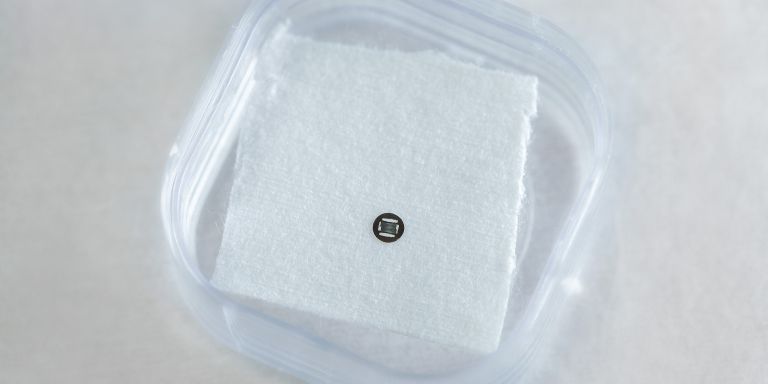
Lars Hultman
Professor of Thin Film Physics
Wallenberg Scholar
Institution:
Linköping University
Research field:
Materials science and nanotechnology


Wallenberg Scholar
Institution:
Linköping University
Research field:
Materials science and nanotechnology
Hultman is Professor of Thin Film Physics at Linköping University, and researches on functional ceramics. Ceramics are materials that can withstand high temperatures and hostile chemical environments. “Functional” means they have useful properties, for example in electronics. Hultman spent many years researching into nitrides – compounds of metals and nitrogen. He tested various metals, and saw how the atoms arranged themselves into spontaneous patterns. They could form nanoscale chessboard patterns, spots or needles. Once, the pattern of a labyrinth formed.
“You think – ‘Wow’! I was studying the unknown, and found something else unknown. One key element of our work is to open the doors to allow discovery of whatever new materials may be out there,” Hultman says.
Large-scale applications for the new materials include hard coatings for industrial tools, integrated computer circuits, and LEDs.
In 2011 Hultman was chosen as a Wallenberg Scholar by Knut and Alice Wallenberg Foundation. The grant he received enabled him to take on new challenges. He took a break from nitrides, and turned to more complex carbides and oxides, compounds of metals and carbon or oxygen, which were more difficult to synthesize and study.
“The Foundation has said quite clearly that we are welcome to fail. If we don’t risk failing, we won’t have tried. These are inspiring words,” Hultman comments.
His team has broken new ground in this field, and remains a world leader in developing ultra-thin films, known as nanolaminates, from the new ceramics – but now as layered atomic structures including a metal. These hybrid materials are usually referred to as MAX phases, where the three letters stand for the three kinds of atom in each layer.
When Hultman was approaching the end of his time as a Scholar, he applied for an extension.
“But it’s no good just saying you’re going to do more, or even the same thing better. You have to do something new. So I thought ‘what should we have a go at now that’s even more difficult than what we’ve already done?’”
The answer was borides – compounds of metals and boron. Hultman describes them as a blank spot on the map of materials research. When a new material is developed, help is often available in the form of phase diagrams and tables of properties indicating what the probable result will be. But at present there is virtually no data at all on the combinations of elements that Hultman is studying. So the researchers in his team needed to make theoretical studies of how different metals would react with boron atoms. There were several completely unexpected outcomes, which led to experiments creating new borides for the first time.
“It’s great to have discovered not just one, but a handful of completely new materials, displaying unique physical properties.”
Completely new analytical instruments will be needed so the researchers can understand the innovative new materials. Hultman’s research team are therefore enhancing and customizing their materials lab, and often travel to other academic or research institutions to use additional equipment there. Development of methodologies is also central to their work. Among other things, the team has created new electron microscopy techniques, and supercomputer-supported calculation and simulation models.
“We also want to try increasing the number of elements reacting with each other. This may involve three, four or five metals mixed with boron, nitrogen, oxygen and carbon, or all at once. This may give us new materials that are even harder, and resist corrosion even better than current options, and that can be used in ever more demanding environments, such as those with extremely high temperatures,” Hultman says.
For some years now, Hultman has also been CEO of the Swedish Foundation for Strategic Research, a full-time job based in Stockholm. His position allows him to continue his research.
“The research is going really well. I think it’s because I no longer have to shoulder the administrative burden in the university department. I have reduced the number of PhD students, and focus more on postdocs and guest researchers.”
It is only in recent years that Hultman has begun to have articles published in some of the most influential scientific journals: Nature Communications and Nature Materials. He reflects over why his articles have begun to be accepted:
“It’s probably a combination of having researched for so long, and the fact that we are reaping the rewards of the materials science lab we have built in Linköping. But I’ve also started to think more about how and for whom I’m writing – the interest that people in other fields may have in our findings. I try to identify a broader context and create a narrative in which the details are also interesting. There’s quite simply no better way to describe a new material.”
Text Lisa Kirsebom
Translation Maxwell Arding
Photo Magnus Bergström